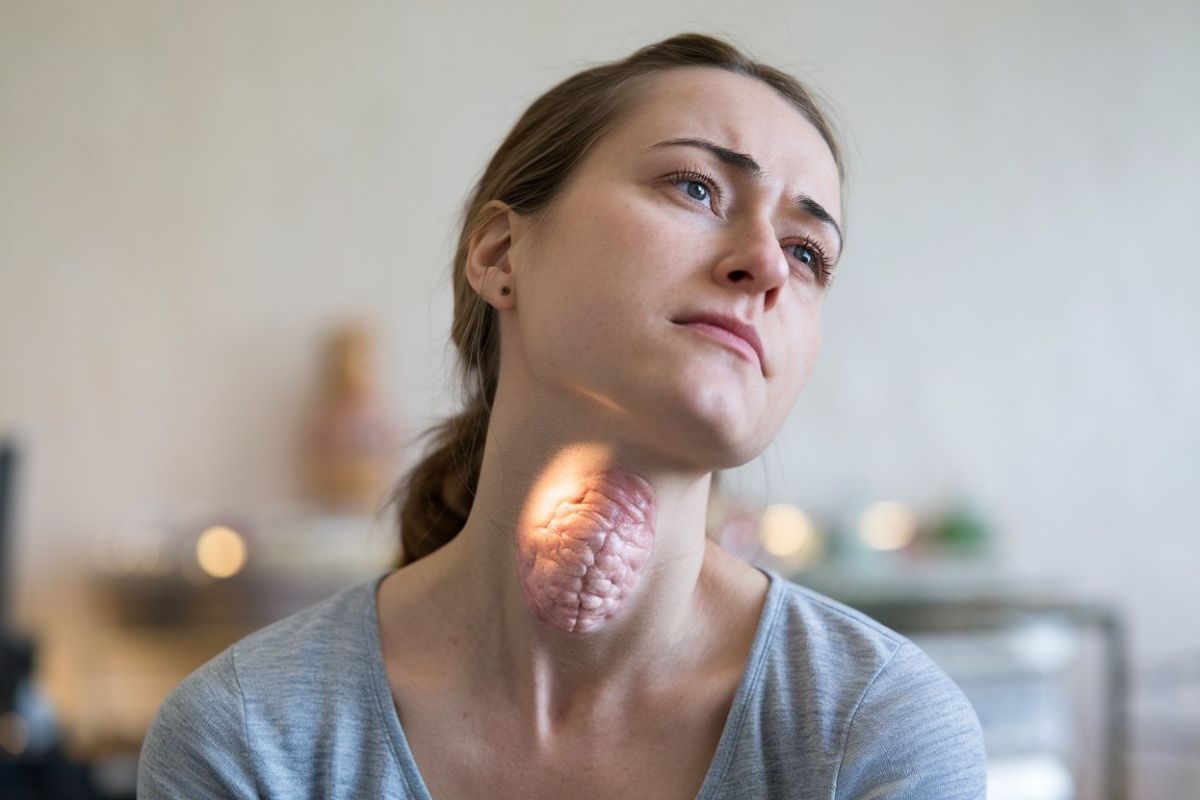
Grisel's Syndrome might sound like a rare, mysterious condition, but understanding it can be straightforward. Grisel's Syndrome is a non-traumatic subluxation of the atlantoaxial joint, often following an infection or surgical procedure in the head or neck. This condition can cause neck pain, stiffness, and even neurological symptoms if not treated promptly. While it primarily affects children, adults aren't entirely immune. Knowing the signs and symptoms can help in seeking timely medical intervention. In this post, we'll explore 20 intriguing facts about Grisel's Syndrome to help you grasp its causes, symptoms, and treatments. Ready to learn more? Let's dive in!
What is Grisel's Syndrome?
Grisel's Syndrome is a rare condition that involves the subluxation of the atlantoaxial joint, which is the joint between the first and second cervical vertebrae. This condition often follows an infection or inflammation in the head or neck region. Here are some intriguing facts about Grisel's Syndrome.
-
Rare Occurrence: Grisel's Syndrome is extremely rare, with only a few hundred cases reported worldwide. This rarity makes it a challenge for doctors to diagnose.
-
Named After a French Surgeon: The syndrome is named after Pierre Grisel, a French surgeon who first described the condition in 1930.
-
Common in Children: It primarily affects children, especially those between the ages of 5 and 12. This is due to the increased laxity of the ligaments in children.
-
Associated with ENT Infections: Often follows infections in the ear, nose, and throat (ENT) region. Conditions like tonsillitis, pharyngitis, and sinusitis can trigger it.
-
Symptoms Include Neck Pain: The most common symptom is severe neck pain. Patients may also experience stiffness and limited range of motion in the neck.
-
Torticollis is a Key Sign: Torticollis, or a twisted neck, is a hallmark sign. The head tilts to one side while the chin points to the opposite shoulder.
-
Can Lead to Neurological Issues: If left untreated, Grisel's Syndrome can cause neurological complications, including weakness or paralysis.
-
Diagnosis Through Imaging: Diagnosis is usually confirmed through imaging techniques like X-rays, CT scans, or MRI. These help visualize the subluxation of the atlantoaxial joint.
-
Treatment Often Involves Immobilization: Initial treatment typically involves immobilizing the neck with a cervical collar or brace to allow the ligaments to heal.
-
Antibiotics for Underlying Infections: If an infection is present, antibiotics are administered to treat the underlying cause.
-
Physical Therapy is Crucial: Physical therapy plays a significant role in recovery. It helps restore neck movement and strength.
-
Surgery is Rarely Needed: Surgery is considered only in severe cases where conservative treatments fail. It involves stabilizing the atlantoaxial joint.
-
High Recovery Rate: With prompt treatment, the recovery rate is high. Most patients regain full neck function without long-term issues.
-
Risk Factors Include Immunocompromised State: Individuals with weakened immune systems are at higher risk of developing Grisel's Syndrome.
-
Can Be Misdiagnosed: Due to its rarity and non-specific symptoms, it is often misdiagnosed as other conditions like muscle strain or meningitis.
-
History of Trauma Can Be a Clue: A history of minor trauma to the neck or head can sometimes be a clue in diagnosing the condition.
-
Post-Surgical Complication: It can also occur as a complication following surgical procedures in the head and neck region, such as adenoidectomy or tonsillectomy.
-
Inflammation is a Key Factor: The inflammation from infections or trauma leads to the laxity of the ligaments, causing the subluxation.
-
Early Intervention is Key: Early diagnosis and intervention are crucial to prevent complications and ensure a good prognosis.
-
Awareness is Growing: Awareness about Grisel's Syndrome is growing among healthcare professionals, leading to better diagnosis and treatment outcomes.
Final Thoughts on Grisel's Syndrome
Grisel's Syndrome, though rare, is a serious condition that requires prompt attention. Understanding its symptoms—like neck pain, fever, and limited neck movement—can lead to quicker diagnosis and treatment. This condition often follows upper respiratory infections or surgeries involving the head and neck. Early intervention, including antibiotics and possibly surgery, can prevent complications and improve outcomes. Awareness among parents, teachers, and healthcare providers is crucial for early detection. If you notice persistent neck pain or stiffness in a child, seek medical advice immediately. Knowledge is power, and being informed about Grisel's Syndrome can make a significant difference. Stay vigilant, and don't hesitate to consult a healthcare professional if you suspect something's off. Your quick action could be the key to a swift recovery.
Was this page helpful?
Our commitment to delivering trustworthy and engaging content is at the heart of what we do. Each fact on our site is contributed by real users like you, bringing a wealth of diverse insights and information. To ensure the highest standards of accuracy and reliability, our dedicated editors meticulously review each submission. This process guarantees that the facts we share are not only fascinating but also credible. Trust in our commitment to quality and authenticity as you explore and learn with us.


